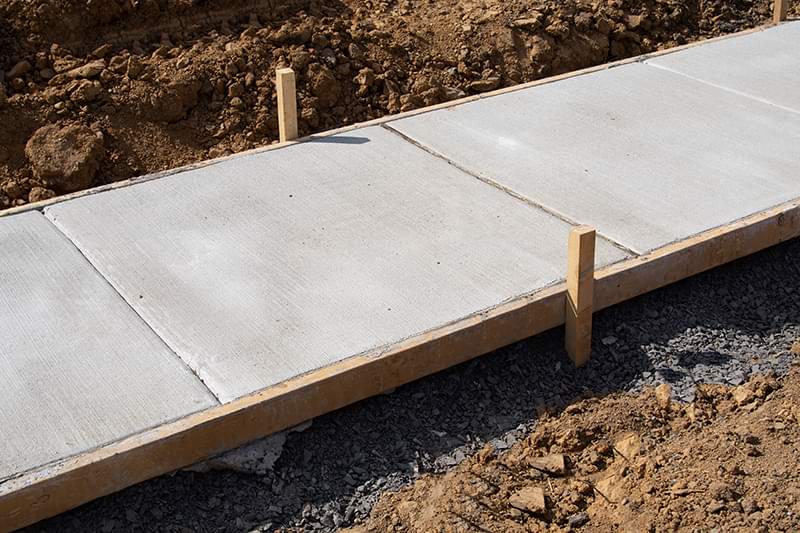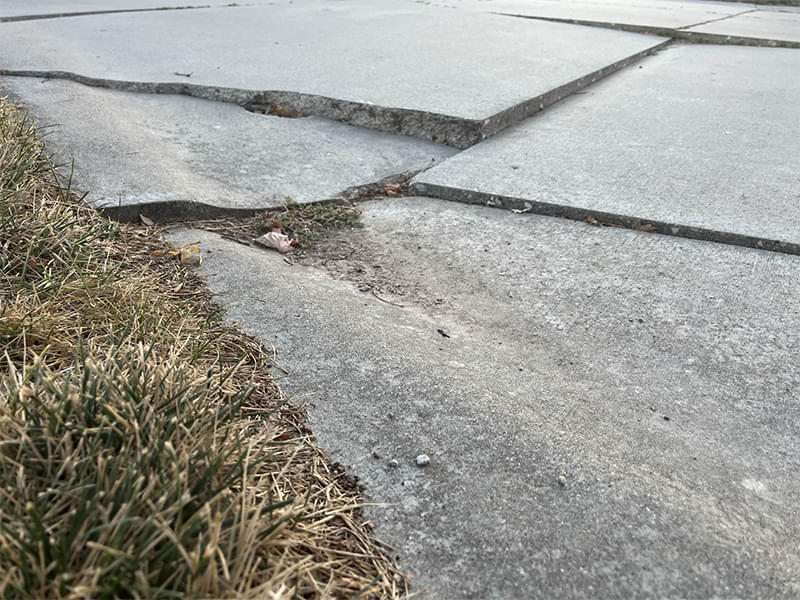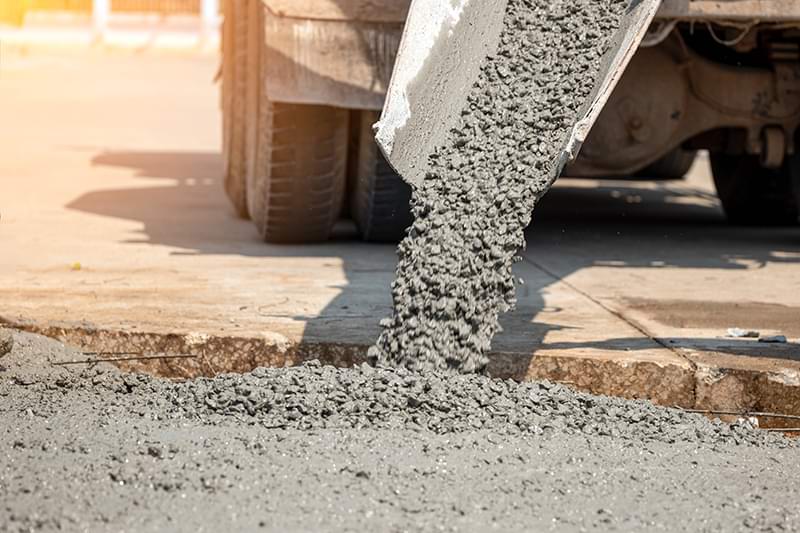Your Local Dealer:
Saber Foundation
7301 Madison St Paramount, CA 90723

Slab Cracks
We depend on concrete slabs, using them for sidewalks, patios, driveways, garage floors, airport runways and more. When a slab cracks, it usually has an impact. A concrete surface that needs to be smooth, safe and solid can suddenly become unstable. It's important to repair this damage for safety and functionality. A sound repair depends on a basic understanding of what causes slab cracks in the first place.
PolyLevel technicians are armed with extensive knowledge about the nature of slab sinking and its symptoms. If you've noticed cracks on your property, contact your local contractor for a free estimate for repairs!
Schedule a free estimate
Replacing or patching sunken sidewalks or driveways may not stop further sinking. PolyLevel tackles the underlying soil issues causing the damage.
Empty space beneath a concrete slab is one of the most common causes of concrete cracks. A concrete slab can support a tremendous amount of weight, but only if it has solid support from the soil below. If the supporting soil compresses, shrinks or is washed away, the result is a void. Without support for the heavy concrete, cracks will eventually form, causing the affected section to sink or settle into the soil beneath the void.

There are several methods to repair cracked concrete and settled slabs:
Here is why PolyLevel® foam injection is often a better choice:



PolyLevel high-density polymer is the perfect alternative to expensive, outdated and faulty concrete repair methods. The expanding foam formula restores sunken, cracked concrete in outdoor and indoor applications, including commercial and residential patios, pool decks, driveway aprons and concrete walkways.
Find your local concrete leveling contractor to schedule a free estimate for PolyLevel!
Your Local Dealer:
Saber Foundation
7301 Madison St Paramount, CA 90723
Looking for a price? Get a no cost, no obligation free estimate.